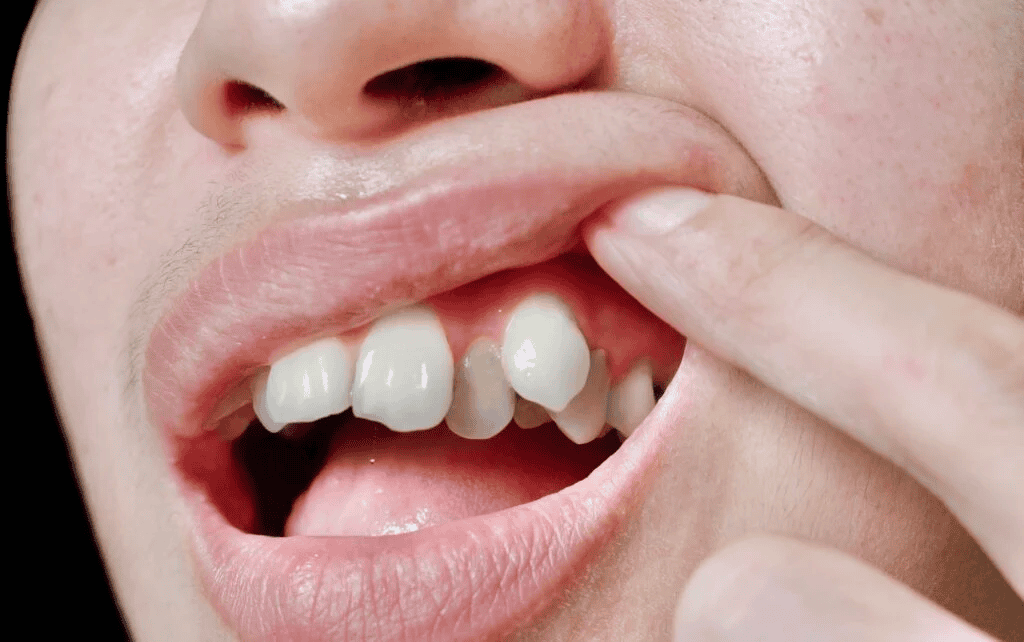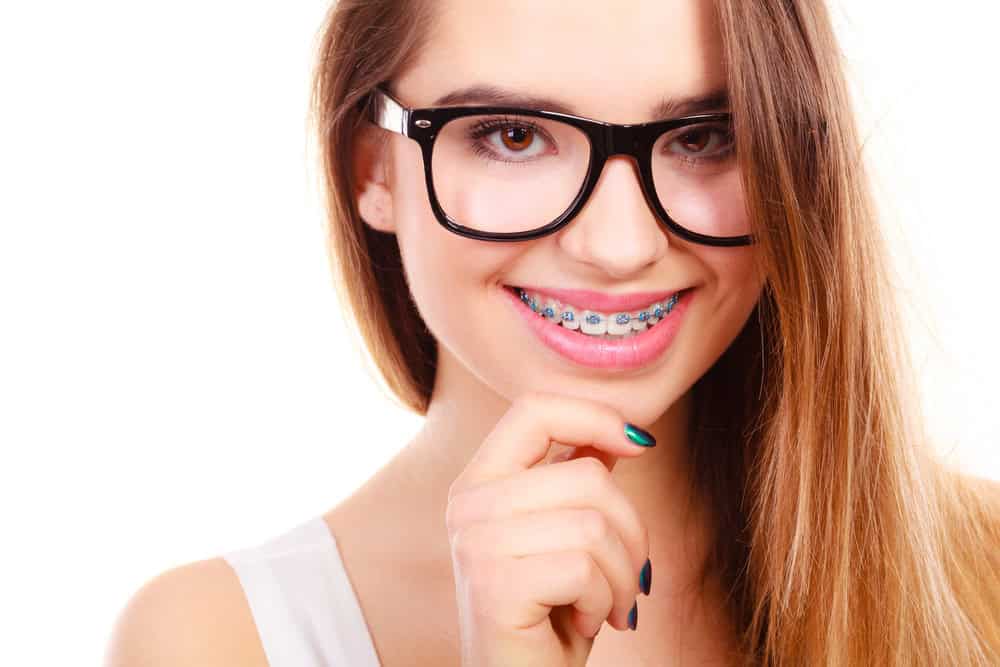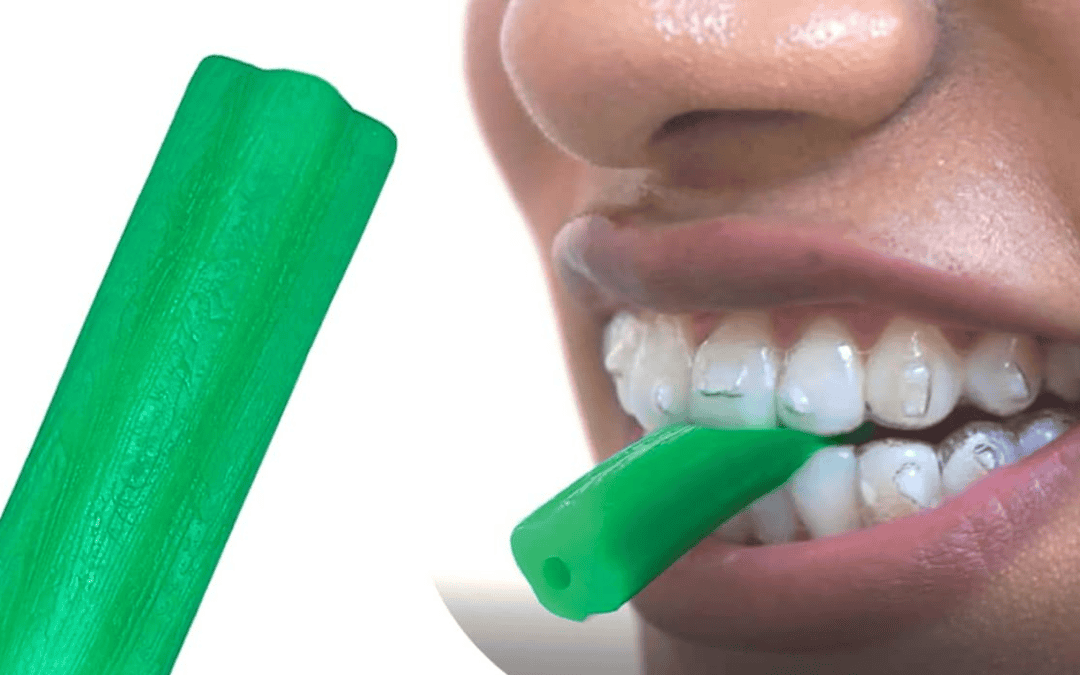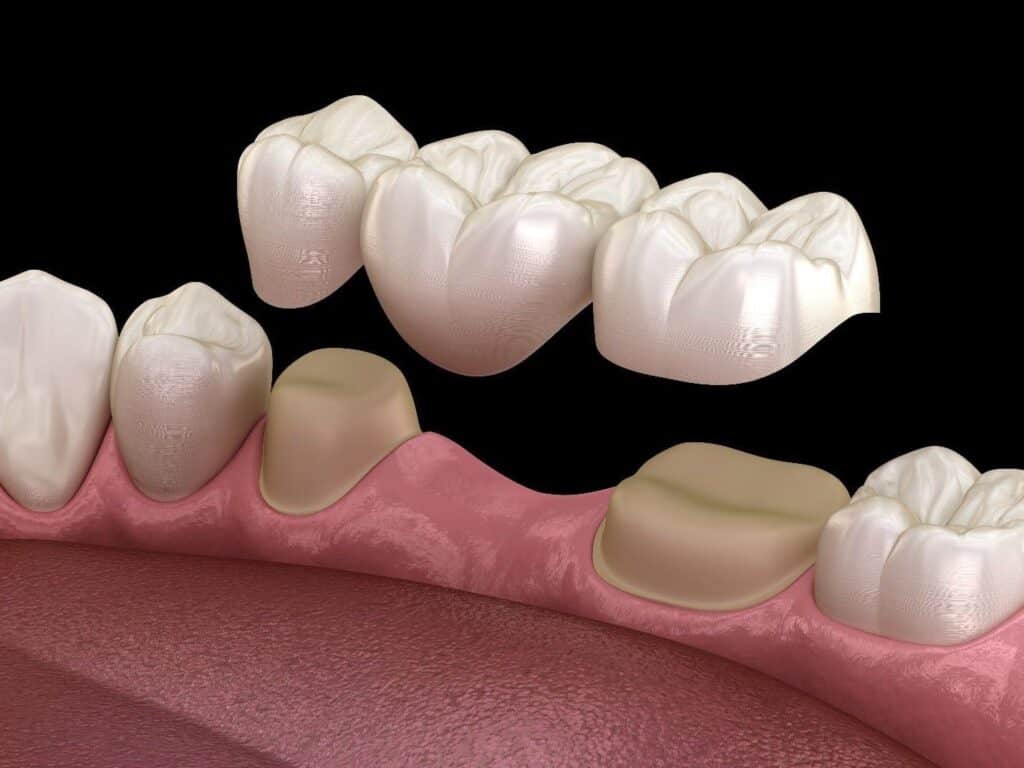Which one is right for me?
The choice between Invisalign and traditional braces can be difficult because they are virtually the same. Because there is a lot of information on both types of orthodontic treatments, we have listed the pros and cons of braces vs. Invisalign.
It is important to know that although Invisalign has come a long way in the last 20 years, Invisalign may not be the best solution for all patients. It is essential to have expert advice from your dentist or orthodontist to see what best suits your oral health.
The benefits of orthodontic treatment Braces and Invisalign
Whether you choose to go with braces or Invisalign it is important to note that both products will correct the same issues.
Invisalign and braces will straighten your teeth and help with;
- Improving long term health benefits both in your mouth and for your body
- Brushing and flossing
- Less cavities
- Lowering the risk of developing gum disease
- Lowering the chance of losing teeth as an adult
- Improving confidence
- Speech issues, such as a lisp
- Headaches caused by uneven bites
- Cross bites, open bites, uneven bites, over bites, under bites, and more
What is Invisalign?
Invisalign is a clear, removable plastic aligner that is meant to fit snugly over the teeth that need realignment. The durable aligners are made from molds and scans of your mouth and are designed to gently snap into the proper place.
What are the benefits of Invisalign?
1. Invisalign is virtually invisible
Since Invisalign aligners are clear and transparent, it is nearly impossible to tell someone is wearing them. This is why it is so popular with adults. It is beneficial for people who work with clients or colleagues as they won’t be able to see signs of an orthodontic treatment. Teens are also starting to make their way to clear aligners like Invisalign. They are more likely to wear them when they are supposed to.
2. Invisalign may have faster results and treatment times
Invisalign treatment has been documented to straighten teeth up to 50% faster than braces. Because the aligners can move multiple teeth at the same time, treatment times can come down significantly. You can be rotating a tooth 180 degrees while shifting it into place with the others. Feel free to watch our videos for tooth movement (click here).
Invisalign treatment is much less intensive on the patient and requires a quick bi-weekly checkup to simply switch your aligners. Getting an aligner fixed in your mouth is quick and painless. The aligner can be pushed snuggly into position, no wires, no elastics.
3. Is Invisalign painful?
While shifting teeth does sound painful, it isn’t. Invisalign is molded to your mouth, making everyday wear easy and comfortable. The movements of Invisalign plastic is gradual and not very intense. As your gums loosen around the tooth the movement becomes quicker, but it is important to see the dentist for regular cleanings and checkups.
4. Invisalign helps with your oral health
Invisalign can be easily removed and re-inserted by the patient for cleaning and eating. This removable feature makes dental hygiene a much easier task since less food gets stuck in the mouth during eating and brushing and flossing is no longer a problem. It is important to remember that Invisalign, in order for it to work correctly, needs to stay in your mouth for 22 hours of the 24 hour day. This means that once you’ve eaten or brushed your teeth, rinse out your aligners and pop them back into place.
Cons of Invisalign
Sometimes pros can also be cons. Because the aligners are removable, you need to remember to put them back in. Every time you eat or drink anything except plain water, the aligners should be removed.
Cons of Invisalign
Sometimes pros can also be cons. Because the aligners are removable, you need to remember o put them back in. Every time you eat or drink anything except plain water, the aligners should be removed.
What are Braces?
Braces are individual brackets that are bonded to each tooth. These brackets are then pulled or pushed together or apart with the use of wires to achieve the dream smile you always wanted. This is the most powerful of all treatments for moving teeth to the desired position. Many people are pleasantly surprised with the results of braces, and most of them thought their results were never going to be possible. (Read more about patients reaction to braces, click here)
What are the advantages of Braces?
1. Braces suit all treatment types and all ages
No matter how complex your dental issues may be, there is no cause for concern with traditional braces. You may be seeking dental corrections and most patients will also notice positive facial changes, making your face more symmetrical. Braces use lots of force, they are handy for fixing all problems and leave you with a beautiful smile.
2. You can expect perfect results with braces
With more force, braces can move your teeth into the desired position by adjusting those malocclusions cases such as over bites or deep bite. Because braces are for everyone, there are literally hundreds of studies and hundreds of years of combined research for braces and orthodontics. That’s why smiles come out looking perfect.
3. Are braces painful?
No, braces are not painful. Like Invisalign, although tooth movement is taking place, the most you might feel is a slight headache for 1 hour while your teeth adjust to your brackets and movements. Most people don’t even report any signs of pain or headaches.
4. Multiple types of braces
Braces come in different, colors, shapes and sizes. Traditional wires and metal brackets are still around but there are new types for faster treatment option or less visits. If you’re looking for something less visible, ceramic braces are for you! You can enjoy the benefits of braces without the metal look. (To read more about the advancements of braces, click here)
The disadvantages of braces
Some patients may mind the look of the braces, but if that doesn’t bother you, that’s great! The only true disadvantage of braces is that they are not removable, so brushing and flossing can be a little more difficult.
Ok, so which one is better braces or Invisalign?
To be honest, they are both great solutions and both have their pros and cons. However, the pros for both treatment types significantly outweigh the cons on all levels; social, economical, and health benefits. What is important to remember is that whether you choose Invisalign or braces you need to see your dentist regularly for cleanings and checkups to avoid other complications that come with oral hygiene.
From Etobicoke to Mississauga and Vaughan, Dental Health Clinic has been helping many patients achieve their dream smile. If you have any questions about Invisalign or braces, please contact the Dental Health Clinic by email: admin@hostpumpkin.com, or phone: +1 (416) 742-2300. To schedule your free consultation: Click here.
_________________________________________________________________
Liked this article? Let us know! Click here to subscribe to our newsletters.
Schedule your next dental appointment now if you don’t already have one booked. Click here.










